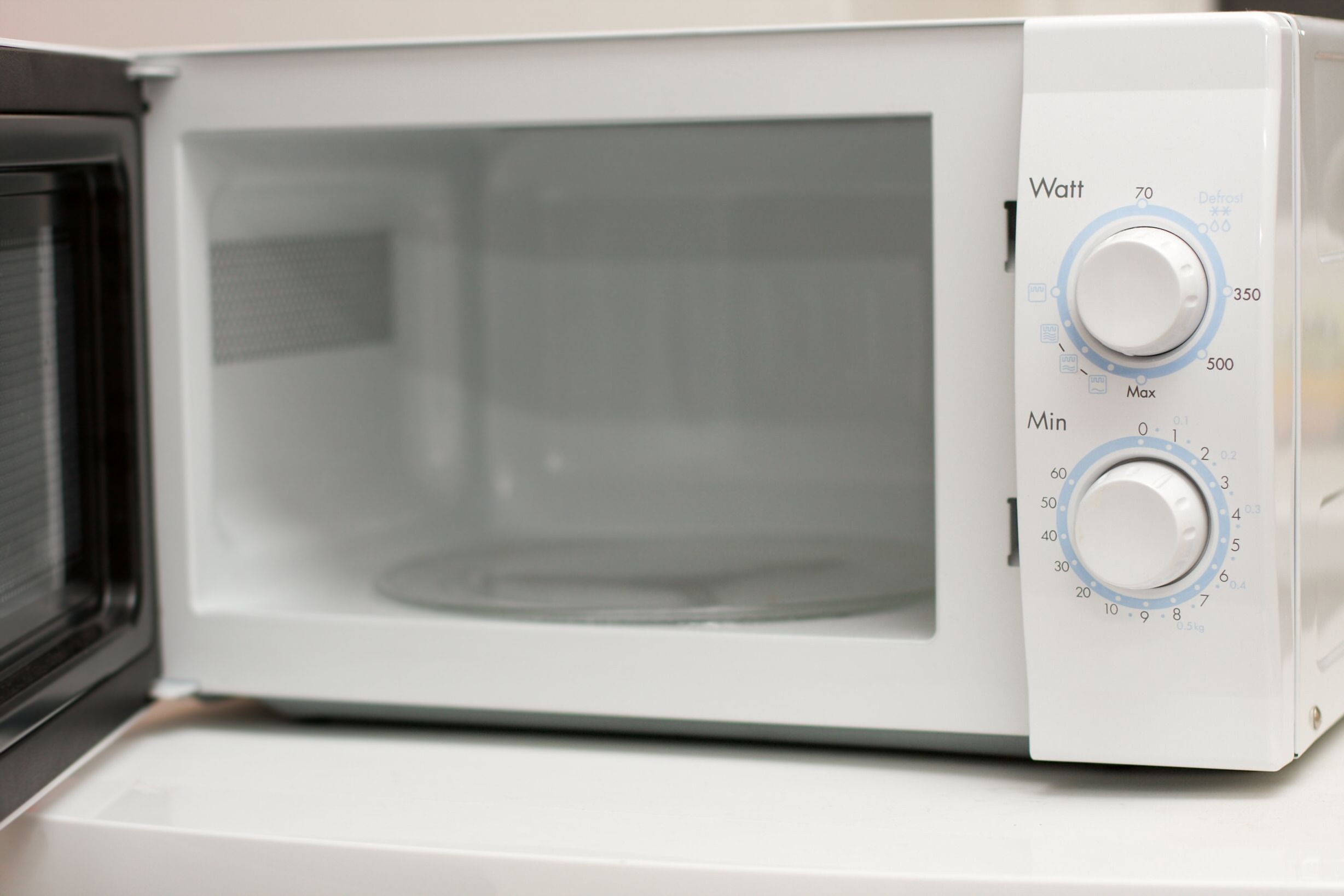Millions of pieces of space junk — everything from decommissioned satellites to broken pieces of rockets — are zipping around in Earth’s orbit right now. This debris is moving nearly 10 times faster than a bullet, and a collision with a piece as small as one centimeter could cause major damage to an operational satellite or spacecraft. And we will have a lot more operational satellites in orbit soon — by 2025, as many as 1,100 satellites could be launching each year, up from 365 in 2018.
That’s a lot of new targets for space junk to damage — that is, until they become space junk themselves. Researchers are working on plans to remove space debris from Earth’s orbit — some are even already conducting off-world tests — but currently, most of the focus is on tracking space junk and taking evasive action if a collision seems imminent.
Unfortunately, space debris tracking can only happen when Earth’s surface is dark and the sky is still lit up — but now, thanks to researchers at the Austrian Academy of Sciences (ASA) and European Space Agency (ESA) a new laser-tracking technique could give scientists the ability to detect these dangerous objects at all hours of the day.
To eliminate the time-based limitation of laser ranging, the AAS and ESA researchers developed a technique that uses special telescopes, cameras, and light filters to increase the contrast between a piece of space junk and the daytime sky. That means the Earth’s surface doesn’t have to be dark for the debris to stand out in the sky. They also developed a real-time image analysis program to automatically detect and track debris during daylight.
During testing, the researchers observed 40 pieces of debris during daylight hours using their new laser-ranging technique, according to their study on the method, published in the journal Nature Communications. To take full advantage of the technique, we need more ground-based observation stations situated across the globe. But if those come to fruition, the new method could significantly improve researchers’ ability to keep track of space debris.












